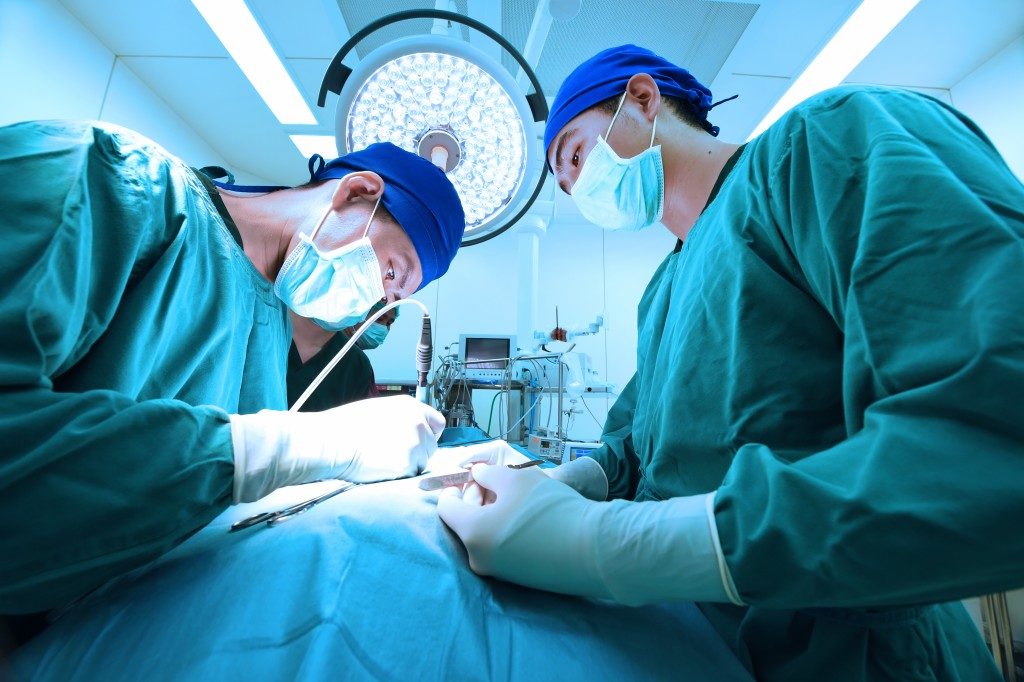Most surgeons and staff in the operating room would perform surgeries in their regular clothes before the validation and acceptance of the germ theory of infection in the late years of the 19th century. A few surgeons would pride themselves as not having any blood on their clothes after an operation. Since then, operating room clothing has undergone numerous changes. You now have specialized protective gear for operating rooms to protect the staff and the patient.
Some hospitals are however still primarily focused on getting the right equipment such as Adson bipolar forceps without much thought to their staff’s protective wear. Without the right gear, you are putting your patients and staff at high risk of cross-contamination with the fluids and other elements they are exposed to in operating rooms. The following are the key components of protective gear for the staff working in your theater.
Scrubs
These generally comprise a V-neck, short sleeved and loose fitting shirt worn with drawstring pants. Though the use of scrubs has over the years gone beyond the operating room, the ones used for surgical operations should undergo different sterilization techniques to guarantee the highest level of sterility in your surgical environment. As such, most hospitals choose to have their theater scrubs in different colors which should not be worn beyond the theater area.
Surgical Caps
These are at times called surgical hats. They keep a surgeon’s hair free of surgical fluids, maintain a clear sight line for him /her and prevent the dropping of sweat and hair into an open surgical site. Like the surgical scrubs, caps are at times used in other areas other than theaters, and it is best to have your theater caps color-coded. There exist disposable and non-disposable caps. Though the non-disposable ones might be cheaper, you should factor in the costs of their sterilization when making your choice.
Surgical Masks
These are fitted disposable surgical masks. They are used to avert venting from their sides and cover the surgeon’s and theatre staff’s nose and mouth. This reduces the risk of introducing respiratory and nasal microorganisms into your sterile surgical environment. This way, your patient is sufficiently protected from various micro-organisms from the staff.
Gloves

These are the most common type of protective gear in surgical rooms. You cannot, however, afford to pick just any gloves for your operating room. There are specific surgical gloves to significantly reduce the contact between a surgeon’s hands and fluids from a patient. These are made from tougher materials and fit higher above the wearer’s wrists compared to regular gloves. With the realization that some of your staff might have a latex allergy, surgical gloves now come in different materials. Moreover, the gloves come in a powdered variety to boost their grip on sweaty hands.
The components of your surgical protective gear are crowned with the right kinds of shoes. The best choice is to invest in dedicated theater footwear though you might opt for shoe covers in minimally invasive surgical procedures. Though they need a high initial and maintenance budget, the protective gear significantly reduces the rate of surgical site infections in patients and diseases in your staff.






